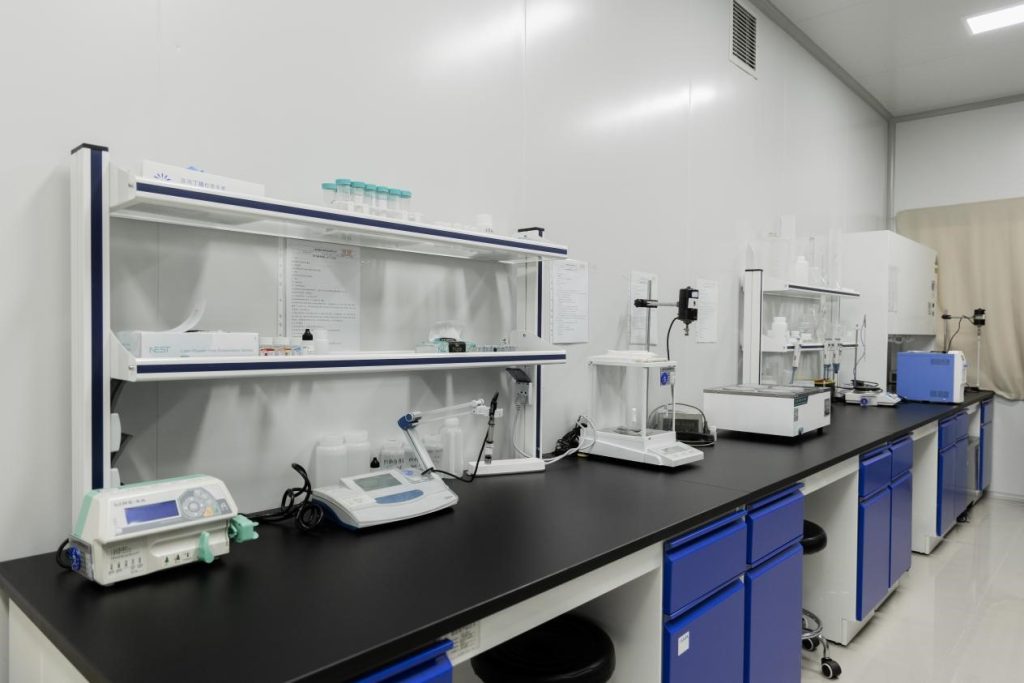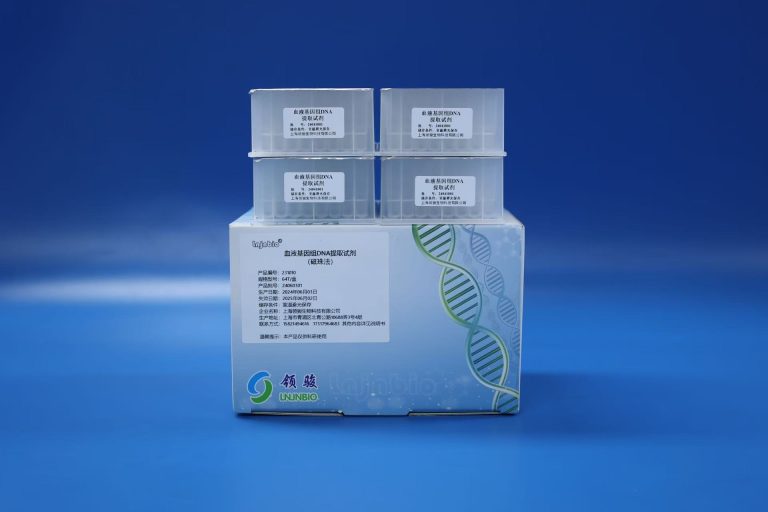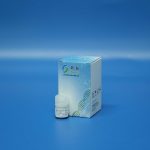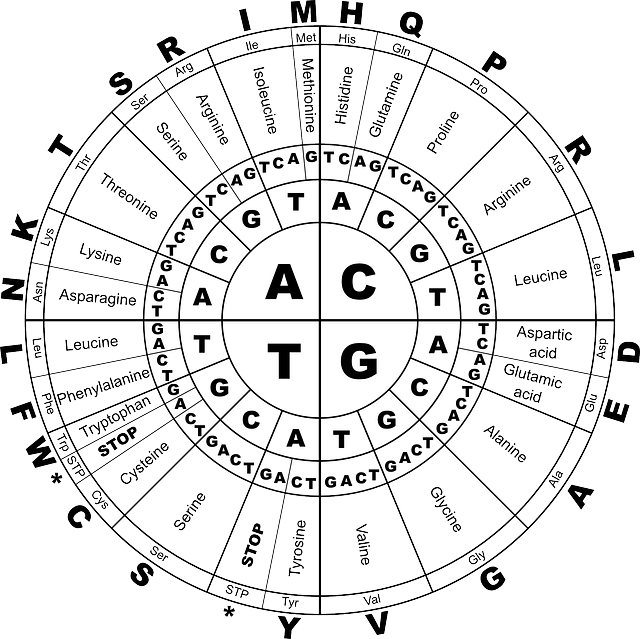Professional Manufacturer of Biomagnetic Beads
Biomagnetic beads have a wide range of applications in the medical industry. Their unique magnetic and surface properties make them essential in biomedical research and clinical diagnosis. The following is a detailed summary of the application of biomagnetic beads in the medical industry:
1. Nucleic acid preparation
Nucleic acid extraction: The silanol or carboxyl groups on the surface of biomagnetic beads can specifically bind to nucleic acids in the solution through hydrogen bonds and electrostatic interactions, so nucleic acids can be directly and quickly separated from complex biological systems. This technology is relatively mature and widely used in automated nucleic acid extraction, greatly improving the throughput and efficiency of nucleic acid extraction.
Fragment screening: Magnetic beads can also be used for nucleic acid purification and specific fragment screening in NGS (high-throughput sequencing) library construction. By changing the concentration of magnetic bead buffer, nucleic acid fragments with larger molecular weights can be preferentially adsorbed, and then fragments of different molecular weights can be recovered, eliminating the inconvenience caused by gel cutting and purification.
Application of streptavidin magnetic beads: Streptavidin forms a complex with biotin, which is the strongest known combination of non-covalent interactions between proteins and other molecules. Streptavidin magnetic beads can bind to high-purity antibody polypeptide molecules or nucleic acid molecules labeled with biotin to separate hybrid complexes further. A very wide range of applications are using his method in the NGS hybridization capture process.
2. Immunoassay
Biomagnetic beads are mainly used in clinical in vitro diagnostic (IVD) detection technology in immunoassay. By connecting specific antibodies with magnetic beads, the protein antigens they act on are found to be separated and purified, and the number of protein antigens is finally detected. The main technologies used include chemiluminescent immunoassay technology (CLIA), microfluidic magnetic sensitive immunoassay technology (MIA), fluorescent immunoassay technology (IFA), etc. These technologies are widely used in POCT (point-of-care testing) real-time detection. For example, the use of acridinium ester chemiluminescence analysis can be applied to free thyroxine (FT4), creatine kinase isoenzyme (CKMB), N-terminal B-type natriuretic peptide precursor (NT-proBNP), total prostate-specific antigen (TPSA), free prostate-specific antigen (FPSA) and other immunoassays.
3. Cell sorting and protein purification
Cell sorting: Biomagnetic beads can be used for cell sorting, especially immunomagnetic bead technology, which can ensure the integrity of the morphology and function of the separated target cells and has the advantages of high sensitivity, high specificity, fast detection speed, good repeatability, simple operation and no need for expensive instruments and equipment. Immunomagnetic bead technology has been widely used in many aspects of the medical and health field, such as cancer treatment, disease diagnosis (cytokine detection, non-invasive prenatal diagnosis), etc.
Protein purification: Through specific surface modification, biomagnetic beads can bind to target proteins to achieve protein purification.
4. Targeted therapy and research
With the development of personalized medicine, biomagnetic beads are increasingly used in targeted therapy and research. By combining magnetic beads with specific antibodies or receptors, specific cell types can be identified and separated, thereby formulating personalized treatment plans. In addition, drug-loaded magnetic nanoparticles are also an important means in targeted therapy, which can achieve precise delivery and release of drugs.
5. Other applications
In addition to the above applications, biomagnetic beads can also be used as contrast agents in magnetic resonance imaging (MRI), separation of bioactive substances, food safety testing, and sewage treatment. Especially in MRI, iron oxide nanoparticles are the most commonly used MRI contrast agents. Dextran-coated iron oxide is biocompatible and can be excreted through the liver after treatment.
In summary, biomagnetic beads have broad application prospects and important value in the medical industry. The application field of biomagnetic beads will continue to expand and deepen with the continuous advancement and innovation of technology.








